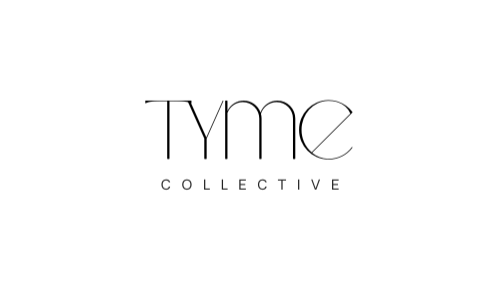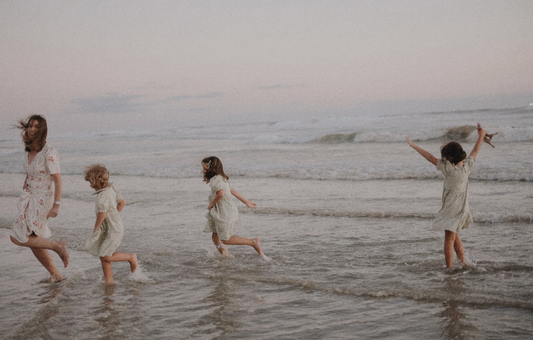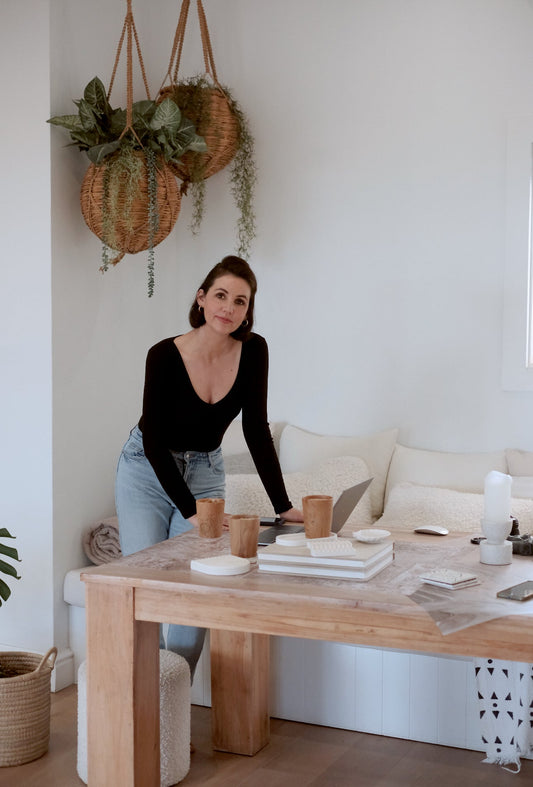If you’ve been dreaming of a Namibia road trip that’s equal parts wild and doable—this one’s for you.
We travelled across Namibia with our two kids, one tent, and a car we were about to trade in. No fancy glamping setups, no safari lodges, and definitely no fridge for the first week.
Just an open road, incredible landscapes, and memories we’ll be talking about for decades.
In this post, I’m sharing our full route, the campsites we stayed at, some brilliant roadside finds (and flops), a few clever hacks we swear by—and, yes, how we captured all the magic as we went.
How Long to Spend in Namibia?
We did this trip in 2.5 weeks. Could you spend longer? Absolutely. You could spend two months and still want more. But we squeezed a full adventure into a realistic timeframe for a working family.
Our Namibia Route (from South Africa)
We left from Port Elizabeth, and you could follow the same route from Johannesburg or Cape Town with a minor detour. The distances in Namibia are no joke—vast stretches with no sign of life for hours—so keep that in mind when planning.
Our Route:
Augrabies Falls – Camped at Khamkirri
Riemvasmaak Hot Springs
Border crossing: Nakop / Ariamsvlei
Fish River Canyon – Camped at Hobas
Lüderitz – Camped at Shark Island
Sossusvlei – Camped at Sesriem
Swakopmund – Airbnb stop
Spitzkoppe – Off-grid camping
Windhoek – Stayed at Arebbusch Travel Lodge
So What Was It Really Like?
Okay, picture this: our car—a Renault Duster (aka Trusty Dusty since this trip)—was packed tighter than a Woolies Black Friday special. We didn’t even have space for my Nespresso machine (tragic), let alone the Nutribullet.
Normally, I like to camp with some creature comforts. But this time? One tent, four people, no fridge, and zero space for fluff. Which meant: braai dinners, showering with flip flops, and coffee made the old-school way with our Bodum and hand grinder. (Yes, Dyl brought the good beans.)
We stayed in basic campsites, cooked over fire, and watched stars in places so quiet you automatically whispered.
And we captured it all—the long roads, massive skies, dusty feet, and spontaneous dance breaks—all with our phones.
Stop 1: Augrabies Falls & Khamkirri Campsite
Instead of staying inside the national park, we opted for Khamkirri on the Orange River—and it was the right call. With private ablutions (hello, your own toilet AND kitchenette) and a little deck overlooking the river, this spot was both peaceful and practical.
We were hoping to do some canoeing, but the river was too full when we visited. Still, the kids loved running around, and we all agreed this place would be perfect in the thick of summer—boiling days spent cooling off in the water.
The mozzies were feisty, but the setup made us feel like we were glamping without the price tag.


Stop 2: Riemvasmaak Hot Springs (a little detour worth every bump)
A rough road took us to these remote springs nestled between wild cliffs. It felt like we’d landed on Mars.
We were the only people there that morning, which made it even more special. Pro tip? Arrive early or off-peak. Because honestly—a hot bath with strangers? No thanks.
Bring cash! Locals along the road sell hand-mined gemstones, and this is one of the poorest areas we drove through. Supporting them felt meaningful.
Also, pack your snacks. There’s nothing but rocks and silence out there.
We returned to camp for one last braai, packed up, and crossed the border the next morning.
Stop 3: Fish River Canyon & Hobas Camp
Hobas Camp is simple but perfectly located. We rolled out of bed before sunrise, brewed coffee into our Stanley flask, and drove 10 minutes to the Fish River viewpoint.
The light that morning? Soft purples melting into golden peach. We stood there, kids wrapped in blankets, sipping coffee and watching the canyon shift colours.
Come back for sunset too—but honestly, the magic is in the morning.



Stop 4: Lüderitz & Shark Island Camp
This wasn’t the most picturesque town—we came for one thing: Kolmanskop Ghost Town. And it was 100% worth the drive.
We stayed at Shark Island, right on the water. It’s windy. Wildly windy. But the facilities were spotless, and the ocean all around made up for it. We booked a guided tour at Kolmanskop (there’s a 9:30 and 11:00am option), and it gave the place so much more context.
Walking through those sand-filled homes with light slicing through cracked shutters? Felt like we stepped into a dream sequence.
Kolmanskop is also a dream if you're into photography—those textures and light patterns are a playground for your camera. If you’re going for content or work, there’s a gate pass available that gives you access from sunrise to sunset. If that had been our mission this time, we absolutely would’ve taken that option.
Also if you're a horse lover like me don't forget to stop near Garub to see the wild horses, it was beautiful to see!





Stop 5: Sossusvlei & Sesriem Camp
If you want to hit Dune 45 and Dead Vlei early, Sesriem is where you camp. It’s inside the park gate, which means you get a head start before the crowds roll in.
We climbed the dunes before breakfast and headed to Dead Vlei in a 4x4 with our niece and her husband, who had joined us in Lüderitz. They had the kind of vehicle that could handle the terrain, which made it easy to access Dead Vlei without waiting for the shuttle service. We actually went back for round two later that day—and it was so worth it. The first time we went was in the late afternoon, and we knew we had to return for sunrise. So we woke up early the next morning to sip coffee from our Stanley flask while watching the sun rise over Dead Vlei. Except—Tayla left the mugs behind (classic), so now we always triple-check for mugs before a sunrise mission.
Morning light is soft and golden on the dunes, perfect for climbing and catching that iconic early glow. But for Dead Vlei? The late afternoon light stole the show. The way it hits the trees and creates that crisp contrast—honestly, it was magic.
Afternoon light here is everything. The sand turns peach, the shadows stretch out, and your phone won’t know what hit it.




Stop 6: Swakopmund Airbnb Reset
Swakop felt like a weird little holiday reset. After back-to-back campsites, we checked into an Airbnb to do laundry, clean gear, and eat something that didn’t come off a fire.
We planned to do quad biking and sandboarding, but a blown tyre and trailer drama derailed that. So instead we found schnitzels, eisbein and a cold German beer at The Brauhaus and called it a win.

Stop 7: Spitzkoppe
Ah, Spitzkoppe. This place didn’t sneak up on us—we were ready for it. We’d seen photos and heard the stories, but experiencing it in person? Wild. Majestic. Unlike anything else.
No power. No water at your campsite. No sound but the wind and maybe a jackal.
We camped under ancient granite rock formations, lit a fire, and soaked up the stars—the best night sky of the whole trip.
We hiked. We found rock pools. We saw turtles and even a giant chameleon our guide said hadn’t been seen in years. That night? We were dirt-streaked, bug-sprayed, barefoot—and so happy.
You can also take a tour here with one of the local guides who help manage the campsite—just for a small tip. And it was totally worth it. We fell in love with France, our guide. He gave us a look at life from his point of view—someone born and raised in the area. It added so much depth to the experience and made this stop feel even more special.




Stop 8: Windhoek
We wrapped the trip with a soft landing: a stay at Arebbusch Travel Lodge with 30 of our friends from all over the country. It was a week filled with long chats, shared meals, pool swims, and late-night laughs.
This part of the trip was sacred—about connection, community, and sharing space with people we love. So we’re keeping the rest of it offline.
After all that camping, it felt like luxury. There was a pool, breakfast included, and clean sheets. We exhaled. The kids ran wild. And we knew—this trip had cracked something open in all of us.
Want to Tell Stories Like This with Your Camera Roll?
We didn’t pack our pro gear for this trip. No drones. No tripods. Just the phones in our pockets—and still, we captured light dancing on desert dunes, raw family moments, and the kind of atmosphere you find in movies.
Why? Because it’s never been about the gear. It’s about knowing how to see light, chase emotion, and tell a story that moves.
As pro photographers, we’ve shot destination weddings, brand campaigns, and editorials with thousands of dollars of equipment. But on this trip? We chose simplicity. We chose storytelling. And we chose our phones.
If you’ve ever wanted to turn your travel memories—or your brand moments—into visuals that stop the scroll and stir the soul, our course Cinematic Storytelling: Smartphone Edition was made for you.
It’s not filled with gimmicky trends or Instagram hacks that expire faster than a carton of milk. It’s built on timeless principles—movement, emotion, light, story—that we use across every shoot, whether we’re holding a DSLR or an iPhone.
And here’s something exciting: we’re gearing up to relaunch the course with a brand-new Version 2 in just a few weeks. If you already own the course, you’re in—you’ll get the full updated version, no extra cost. If not? Make sure to grab a spot now at 50% off and get the updated version as well when it drops!
Take a look inside HERE — Cinematic Storytelling: Smartphone Edition
It’s simple, powerful, and built for real life—not just influencers with ring lights.
Learn how to film and edit videos with movement, emotion, and meaning—using the phone you already have.
Whether you’re road-tripping with your kids or documenting your brand journey, we’ll show you how to make it cinematic.
Final Words from the Desert
Namibia reminded us that adventure isn’t about perfection.
It’s about the open road, dusty boots, warm coffee at sunrise, and shared memories around a fire.
And it’s always worth it.
Dyl + Tam






